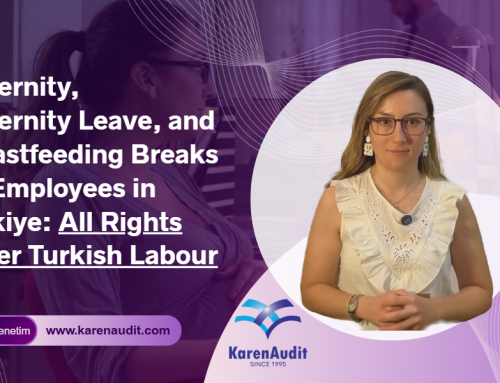October 20, 2022
The UK employment rate for June to August 2022 was 75.5%, 0.3 percentage points lower than the previous quarter (March to May 2022), which had a notably higher employment rate than other periods. The number of employees decreased on the quarter, while self-employed workers increased. The employment rate is 1.0 percentage points lower than before the pandemic.
The most timely estimate of payrolled employees for September 2022 shows another monthly increase, up 69,000 on the revised August 2022 figures, to a record 29.7 million.
The unemployment rate for June to August 2022 decreased by 0.3 percentage points on the quarter to 3.5%, the lowest rate since December to February 1974. The number of people unemployed for between 6 and 12 months increased on the quarter, while there were decreases for the short-term (up to 6 months) and long-term (over 12 months) unemployed. In June to August 2022, the number of unemployed people per vacancy fell to a record low of 0.9.
The economic inactivity rate increased by 0.6 percentage points to 21.7% in June to August 2022, compared with the previous quarter (March to May 2022), which had a notably lower economic inactivity rate than other periods. This increase in the latest quarter was largely driven by those aged 50 to 64 years and those aged 16 to 24 years. Looking at economic inactivity by reason, the quarterly increase was driven by people inactive because they are long-term sick or because they are students. Numbers of those economically inactive because they are long-term sick increased to a record high.
In July to September 2022, the estimated number of vacancies fell by 46,000 on the quarter to 1,246,000, this is the largest fall on the quarter since June to August 2020. Despite three consecutive quarterly falls, the number of vacancies remain at historically high levels.
Growth in average total pay (including bonuses) was 6.0% and growth in regular pay (excluding bonuses) was 5.4% among employees in June to August 2022. This is the strongest growth in regular pay seen outside of the coronavirus (COVID-19) pandemic period. Average regular pay growth was 6.2% for the private sector and 2.2% for the public sector. Outside of the height of the pandemic period, this is the largest growth seen for the private sector and the largest difference between the private sector and public sector.
In real terms (adjusted for inflation) over the year, total pay fell by 2.4% and regular pay fell by 2.9%. This is slightly smaller than the record fall in real regular pay we saw April to June 2022 (3.0%), but still remains among the largest falls in growth since comparable records began in 2001.
Source: Office for National Statistics of the UK
Legal Notice: The information in this article is intended for information purposes only. It is not intended for professional information purposes specific to a person or an institution. Every institution has different requirements because of its own circumstances even though they bear a resemblance to each other. Consequently, it is your interest to consult on an expert before taking a decision based on information stated in this article and putting into practice. Neither Karen Audit nor related person or institutions are not responsible for any damages or losses that might occur in consequence of the use of the information in this article by private or formal, real or legal person and institutions.






